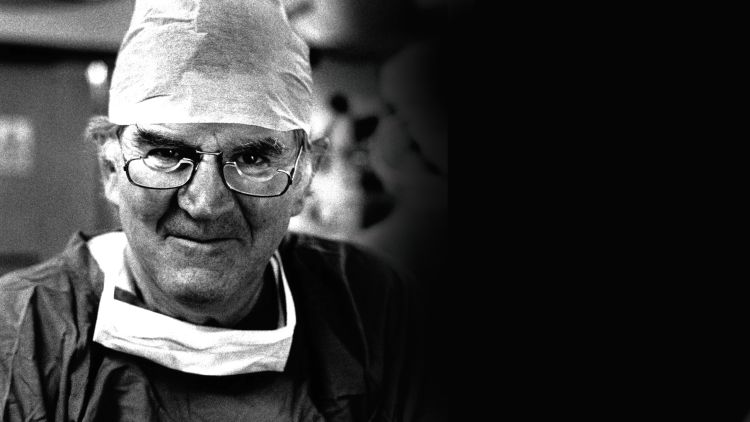25 YEARS
RESTORING SIGHT
The Fred Hollows Foundation NZ
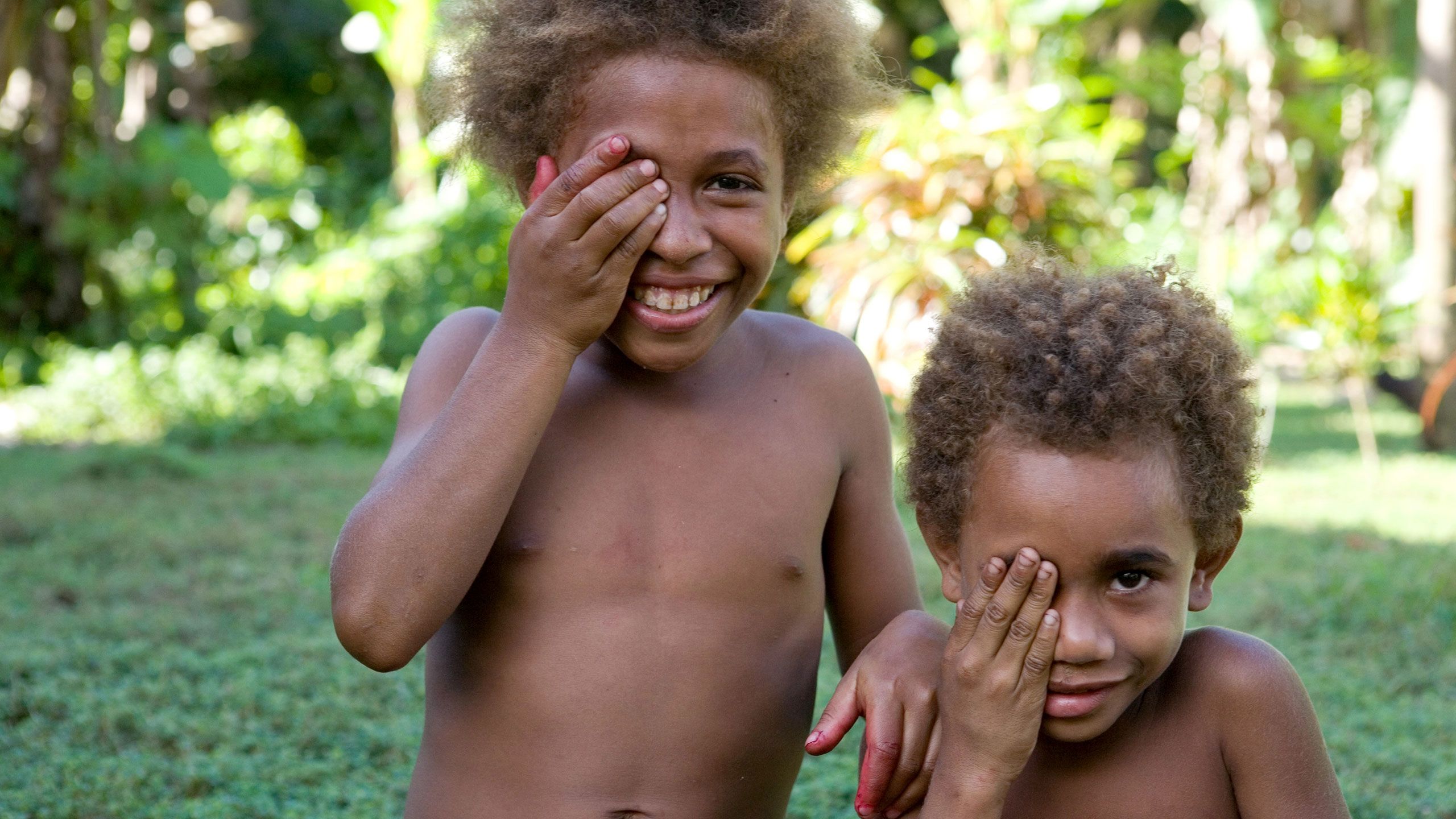
Kiwi-born Professor Fred Hollows was a world-renowned eye doctor and humanitarian who worked tirelessly to restore sight to the needlessly blind people in developing countries.
25 years later his work goes on.
People like Gabriella
The 1.125kg girl
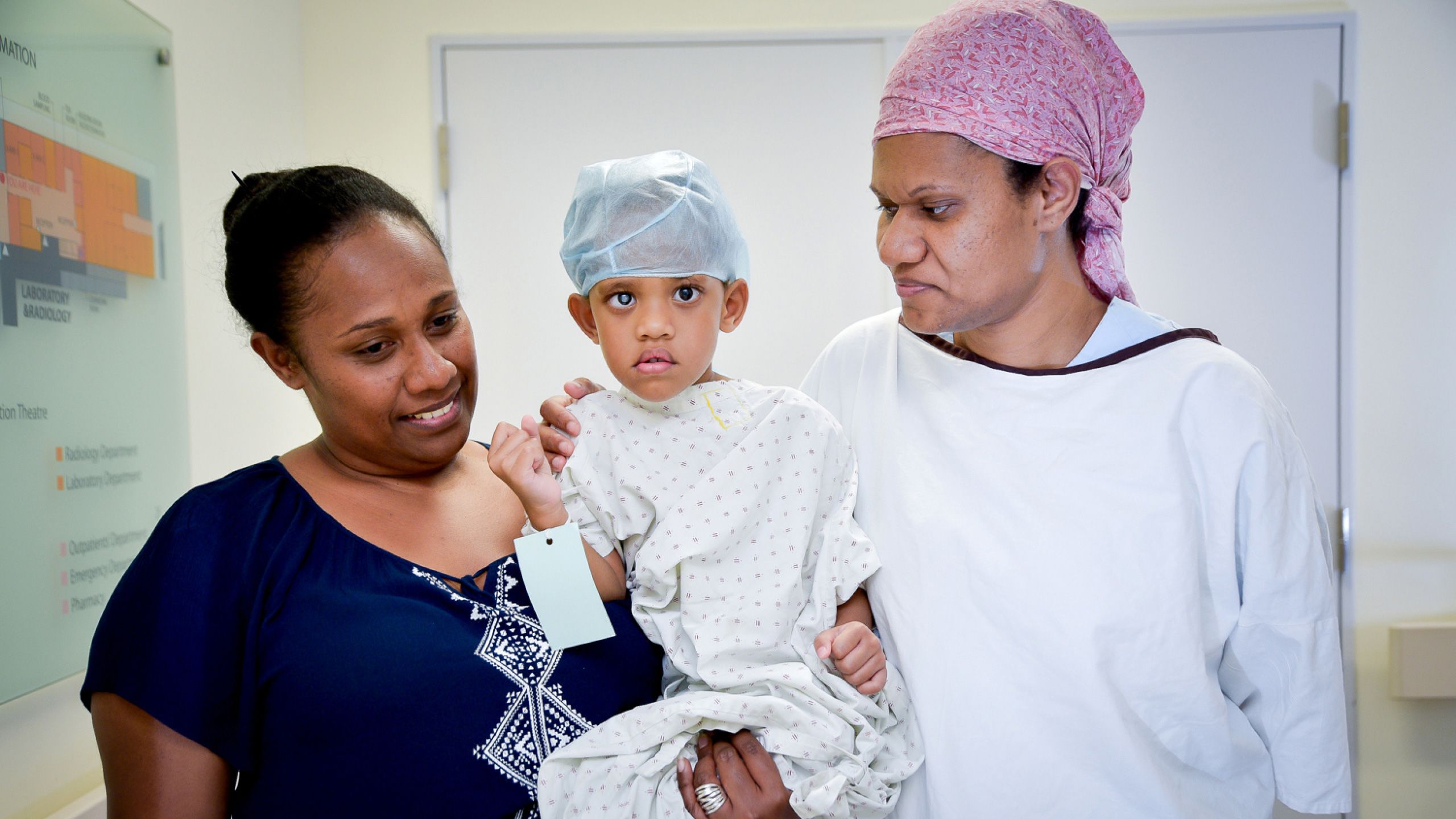
Little Gabriella was a premature baby, born after only 27 weeks in Vanuatu, weighing just over 1kg. One of the by-products of her early entry to the world was her sight, affected by a congenital cataract.
A fighter, she had to endure 4 months in hospital before being allowed home and she had to grow further before she was strong enough for eye surgery. Her mum Errollyn says: “We noticed while she was in hospital she had a congenital cataract on her right eye and, as she was growing up, she was always squinting.”
The cataract operation on Gabriella itself did not take long and before long she was bright faced and smiling with disbelief at being able to see so well.
Gabriella, now 5, has always been a fighter, says her mum. She still needs treatment as she is short-sighted in her right eye and will need glasses. “I had always known about Fred Hollows and I knew this would be absolutely life-changing for her.”
People like Timwia
and Nawere
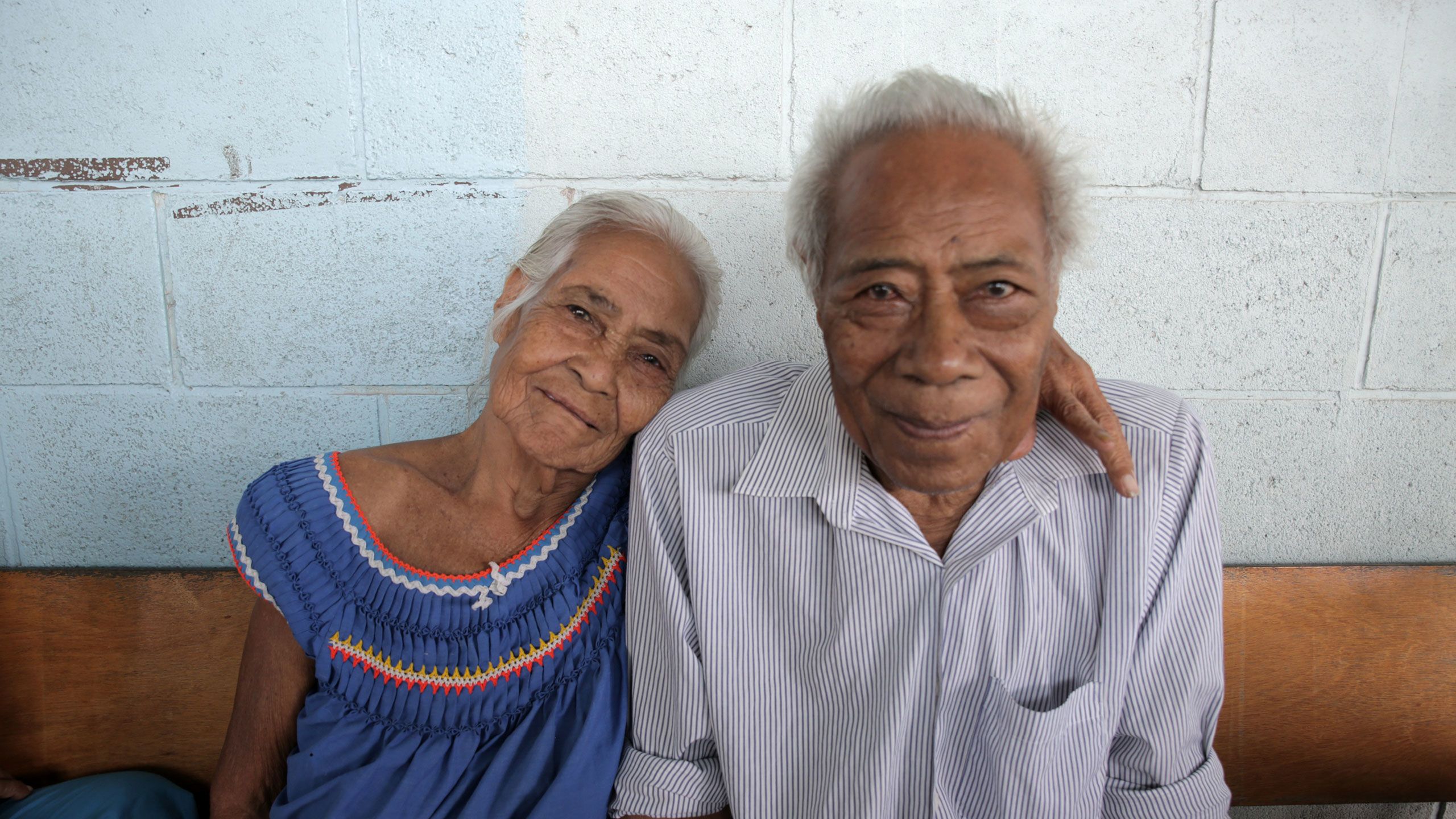
They were in their 70s, married for 50 years, but hadn’t seen each other for two years – because they had both gone blind in Kiribati.
They still adored each other but the light had gone. They could no longer look into each other’s eyes. Their world had become a dark, closed space.
Watch below what happens after two people have their sight restored and see each other again for the first time. It’s a funny, heartwarming affirmation of the work The Fred Hollows Foundation NZ do in the Pacific for people whose lives can be changed by a small kindness and some simple surgery.
“It’s good honest work when
you walk into a ward where
people have had a good eye
surgery… and you can see
them looking at you and
their whole face lights up.”
– Professor Fred Hollows

It is a mark of
Fred Hollows,
the man, that he
literally worked
until he died to
save people
from blindness.
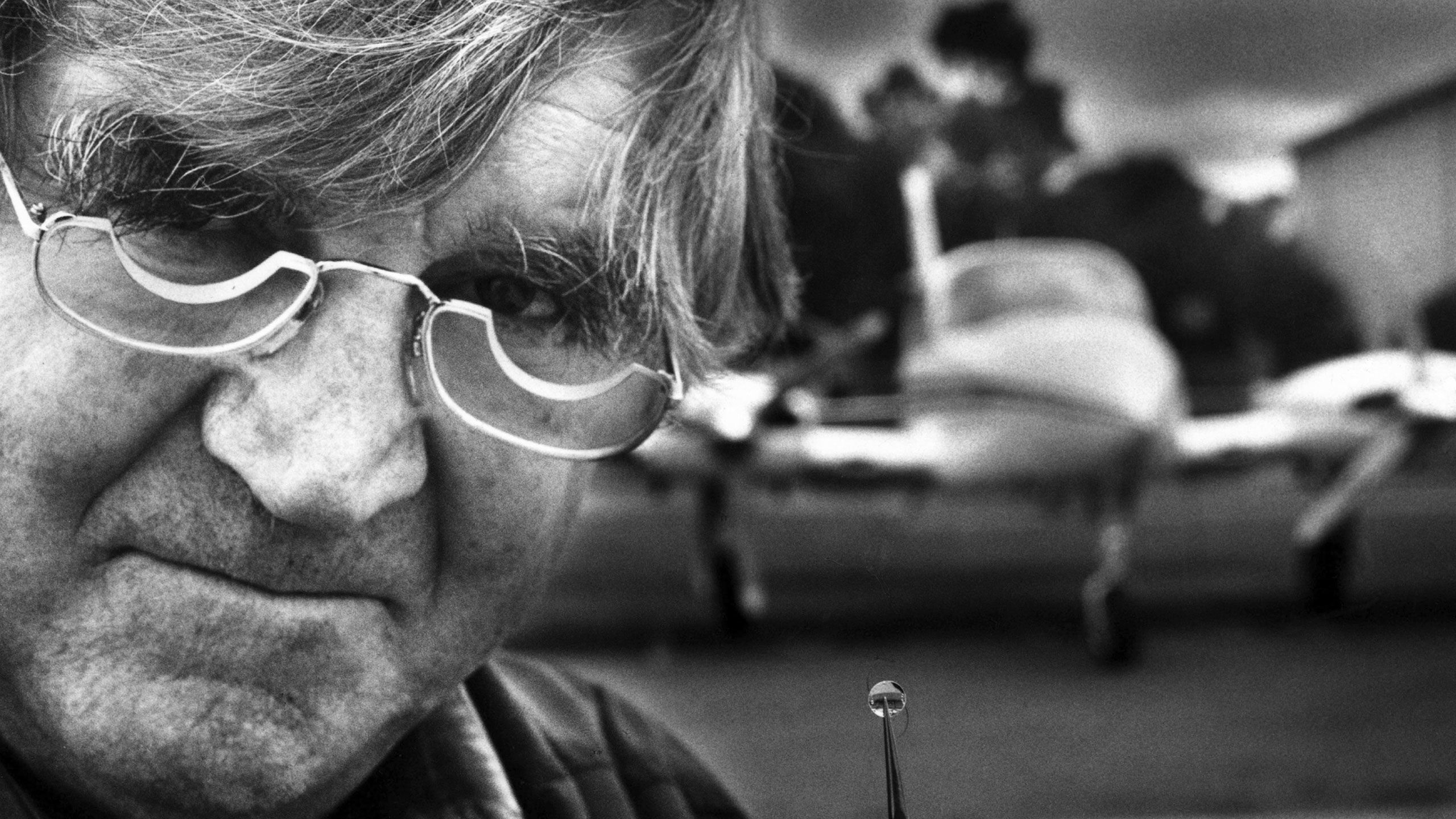
Fred died from cancer in 1993. A year earlier his Fred Hollows Foundation was set up to carry on the work he had pioneered, enhancing local health systems, training new doctors and nurses and driving research and innovation.
Undeterred by his cancer diagnosis, Fred kept working for change. With only a few months to live, he discharged himself from hospital to travel to Vietnam to train over 300 Vietnamese eye specialists in modern surgery techniques.
Born in Dunedin in 1929, Fred grew up in Palmerston North and originally trained to be a minister. However, he soon began to feel that his ministrations would be better employed in another area: medicine. After he graduated he began assisting eye surgeons, becoming interested in eye surgery and moving to the UK to specialise in ophthalmology.
In 1965, Fred moved to Australia and became Associate Professor of Ophthalmology at the University of New South Wales before treating two elderly indigenous Australians in the Northern Territory. Shocked by the poor state of health — especially eye health — of the indigenous community, he became inspired to fight for improved access to eye health and living conditions for those who need it most.
In 1985, Fred visited Nepal, Burma, Sri Lanka, India and Bangladesh on behalf of the World Health Organisation. Two years later he visited Eritrea; these countries had a profound effect on him, redoubling his efforts to reduce the cost of eye care and treatment in developing countries.
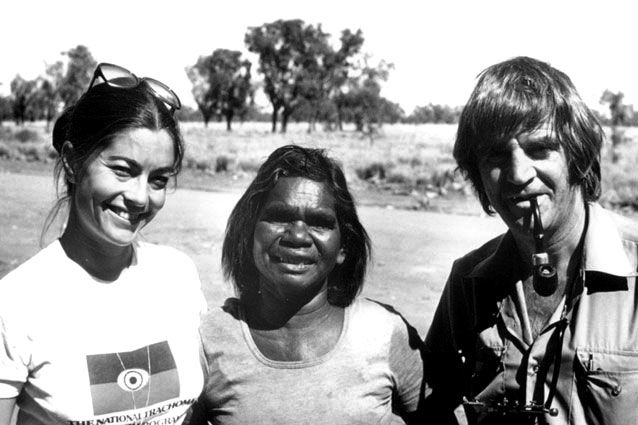
Gabi, Penny Luck and Fred. Photographer/David Broadbent.
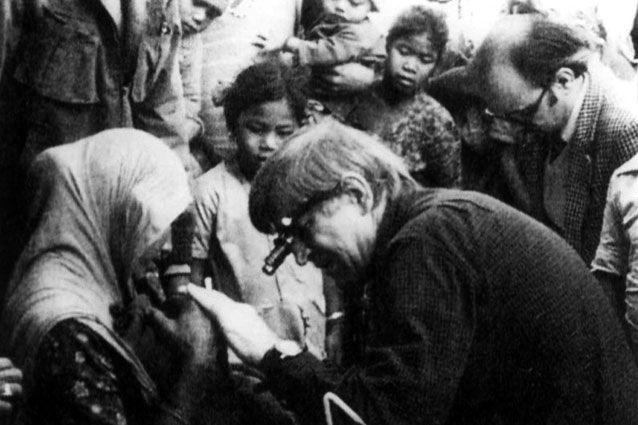
Professor Fred Hollows examining a child's eyes circa 1990. Photo courtesy of www.hollows.org/photolibrary
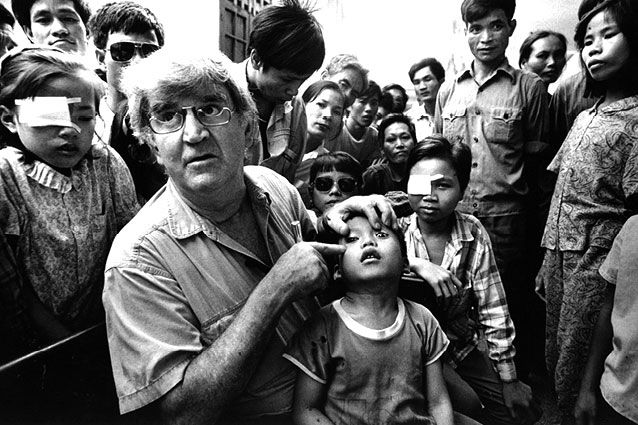
Fred Hollows examining the eye of nine year old Tran Van Giap at the Vietnam National Institute of Ophthalmology (VNIO) in Hanoi (Vietnam) in 1992. Photographer/Michal Amendolia.
It was always a mountain he had to climb… and his love of alpine climbing once led him into the path of another famous New Zealander.
In 1951 Fred met Sir Edmund Hillary in a chance encounter. Ed was on a test run for Everest, backpacking up the Tasman Glacier and carrying a pack that weighed more than 32 kilograms.
In true Kiwi spirit, Fred offered a hand.
Hillary became the first patron of The Foundation.
It was Fred’s relentless advocacy on behalf of the under-privileged and their precious eyesight that led to admiring coverage from the likes of New Zealand broadcaster Paul Holmes (video below) and Australia’s renowned 60 Minutes current affairs programme. It also set the stage for The Fred Hollows Foundation NZ to spread to more than 25 countries, restoring sight to over two million people worldwide with the overwhelming support of donors.
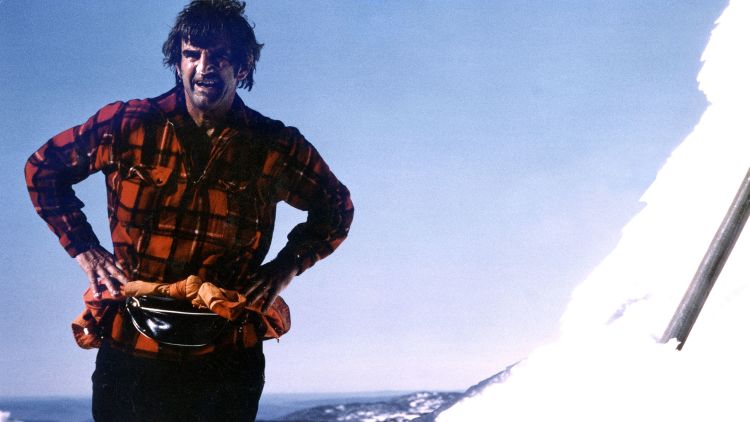
25 YEARS OF
LIFE-CHANGING
EYE CARE
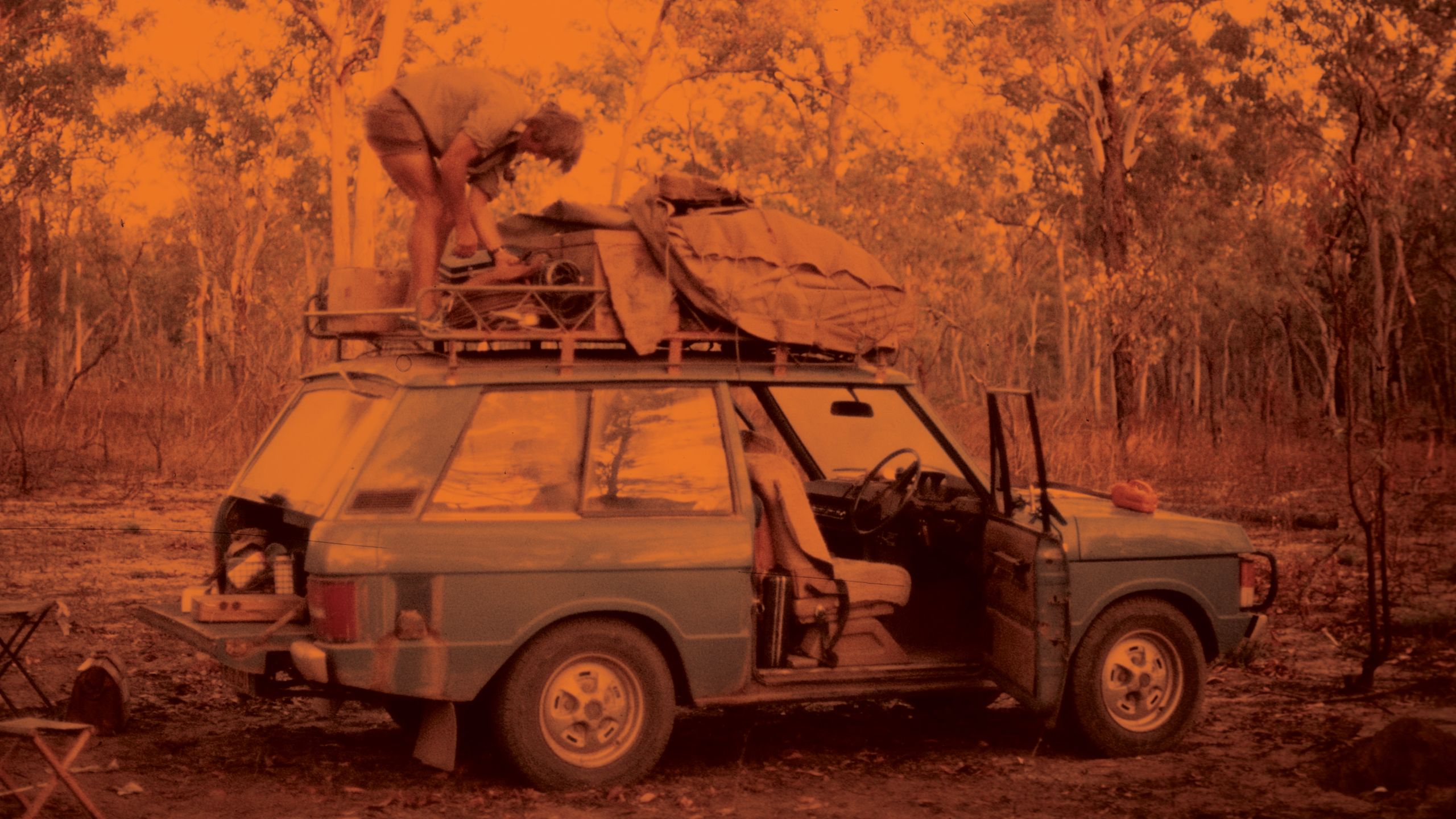
WHERE THE
FRED HOLLOWS FOUNDATION NZ MAKES A DIFFERENCE
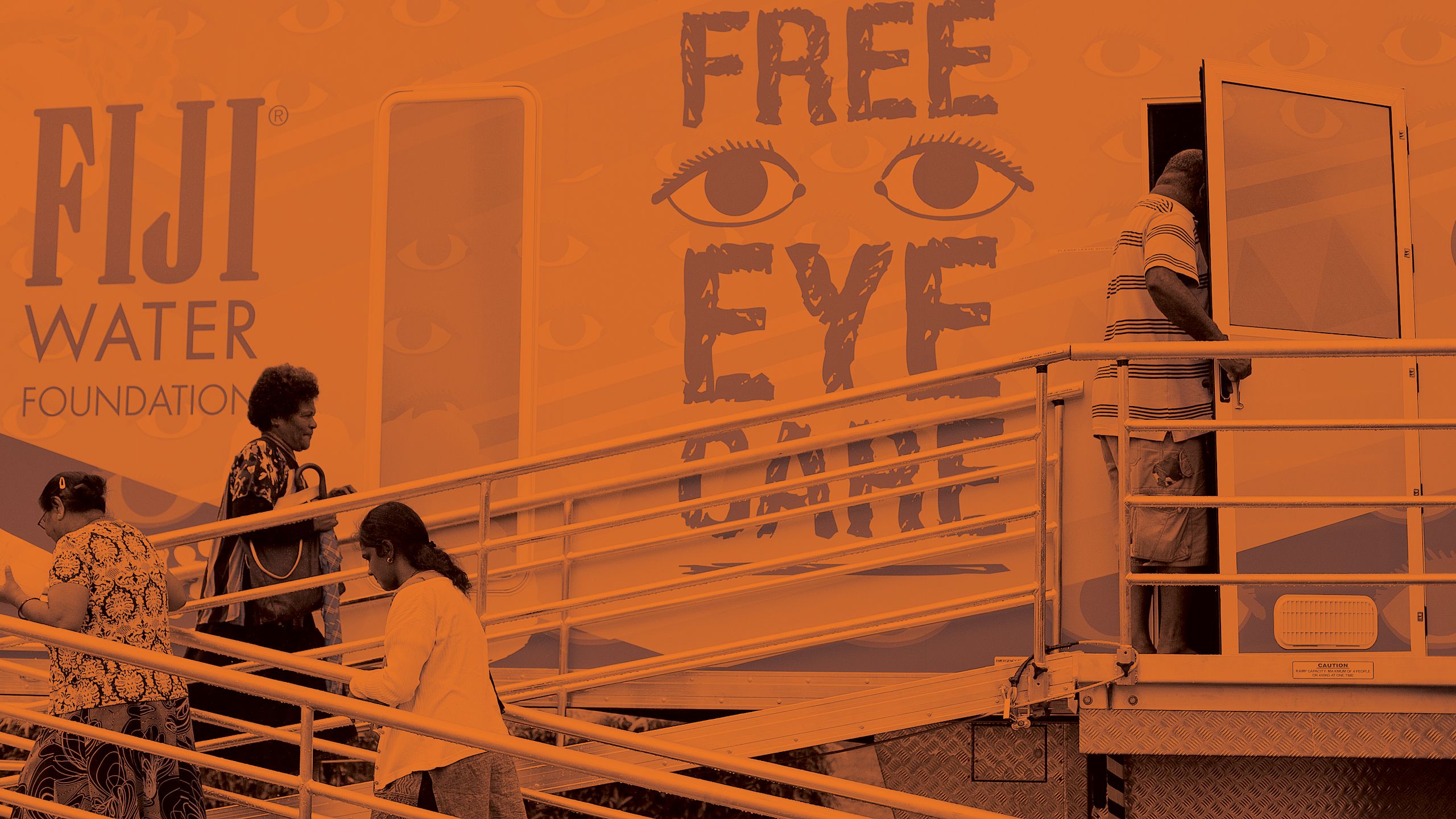
"Good eye service
is the right of
everybody, not just
the wealthy."
– Professor Fred Hollows

IOL Makes Eyes OK
Half of the world’s blindness is caused by cataracts – yet they can be treated with a 20-minute operation. However, millions are unable to access that operation, including in the Pacific where cataracts are the leading cause of avoidable blindness. Either the expertise or the money for treatment is missing.
Cataracts surgery involves removing the cloudy lens tissue, replacing the natural lens with an implant called an intraocular lens (IOL). The person is able to see clearly within a few hours after surgery.
Fred Hollows’ dream was to provide low-cost IOLs to the world. He helped set up IOL factories in Eritrea and Nepal to lower the cost of cataract surgery in developing countries. The factories have produced over four million lenses, lowering the cost from about $200 to just $5. The low cost means that, in some countries, cataract surgery can cost as little as $25.
The IOL was first created after World War II when it was noticed aviators did not suffer from eye injuries from shattered Perspex aircraft windshields as they had with the older glass windshields; today many IOLs are made from Perspex.
Manufactured from a tiny piece of perspex, smaller than a thumbnail, intraocular lenses perform miracles every day.
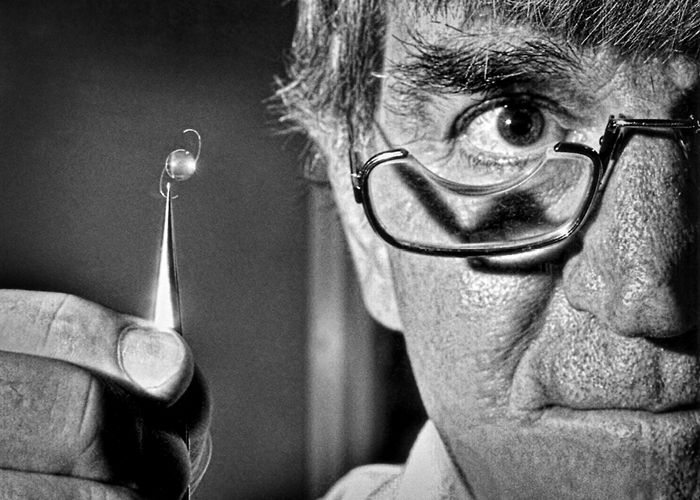
“It’s obscene to let
people go blind
when they don’t
have to be.”
– Professor Fred Hollows

The Giap Gap
Only a few months before he passed away, Fred checked out of a cancer ward and flew to Vietnam, training a workforce of Vietnamese eye surgeons who couldn’t perform modern cataract surgery.
While there, he met Giap, a young boy who had suffered a shard of glass in his right eye for two years; his left eye was also badly damaged.
Fred had spent the morning teaching surgery and took a break, a walk around the hospital courtyard. A group of patients clamoured for his attention; Giap was pushed forward by his father. Fred examined Giap’s eye and recognised the opportunity to save his sight.
Nearly 25 years after his life-changing surgery, Tran Van Giap (pictured here with Gabi Hollows) progressed from a child with a very uncertain future, to a high school maths teacher with his own family.
It’s what we mean by the Giap Gap — it’s the gap, a chasm really, which stretches between the life he would have had as a blind person and the life he has now.
Giap says: “If I couldn’t see, if I couldn’t read, I would not have been able to become a teacher". He still feels thankful for his eyesight and describes seeing his new daughter like “winning the lottery.”
“When a patient has their eye restored they can change their destiny and do whatever they want,” he says. “I have a different life.”
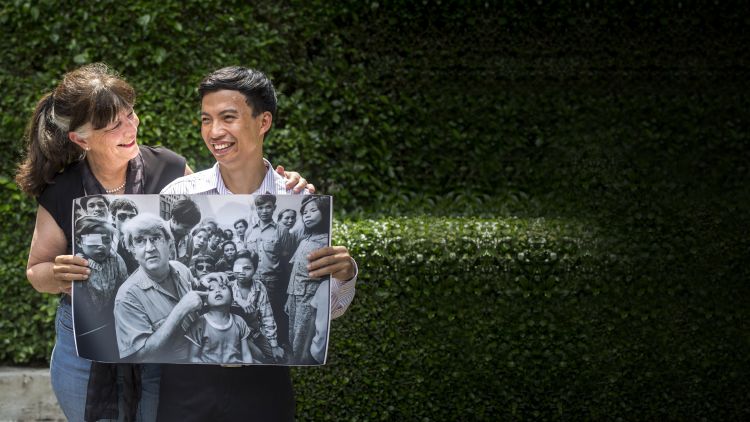
When you wake up in the morning, open your eyes and see a new day, think of Fred Hollows, because that's what his foundation is still doing for people across the Pacific and beyond.

Sight is one of the greatest
gifts you can give.
Fred didn’t hold back, he got things done. He always pushed for change and, because of that, forged a legacy to end avoidable blindness.
In his time as a humanitarian and eye surgeon, Fred helped restore eyesight to thousands of people.
Don't hold back, donate now
www.hollows.org.nz/donate
